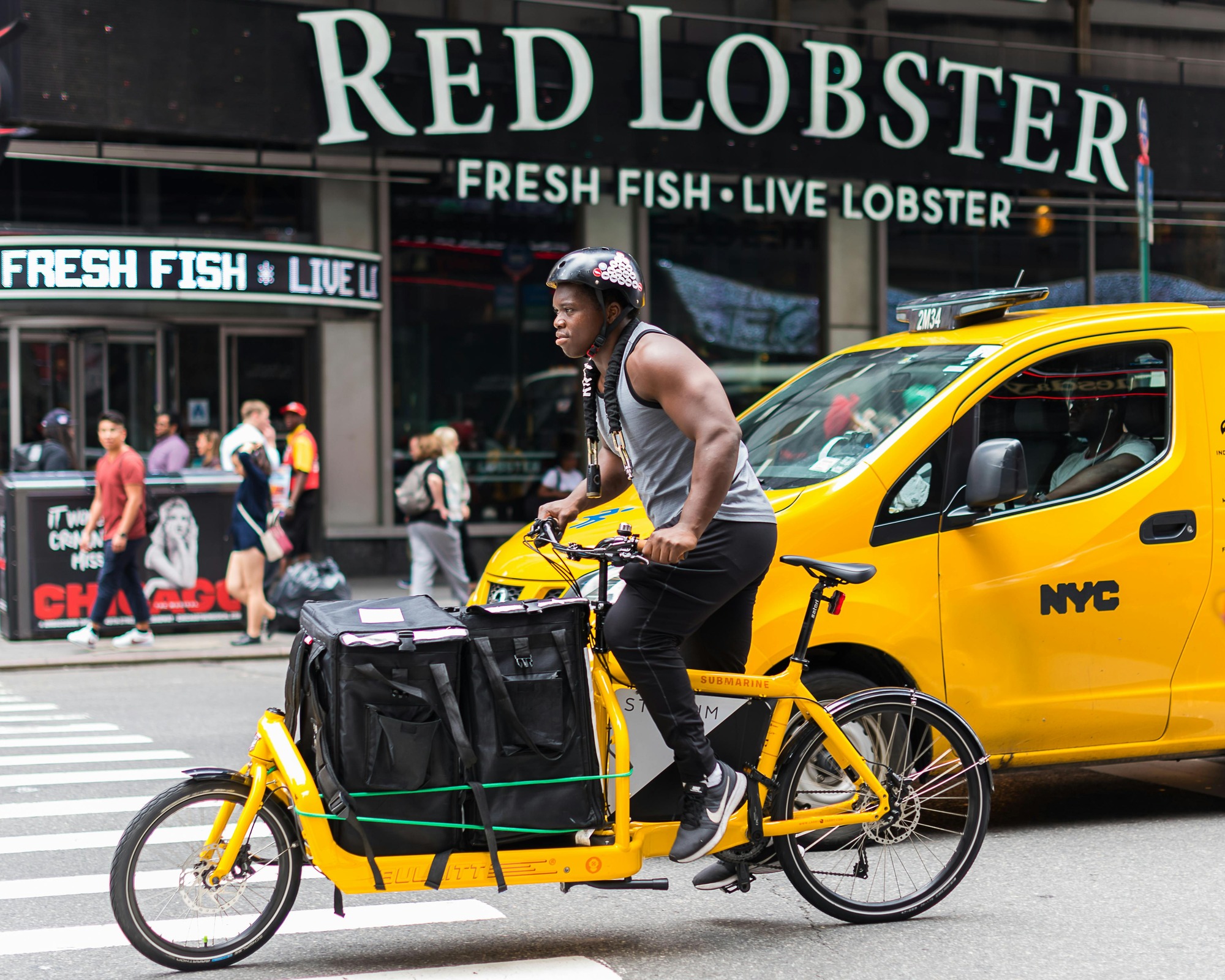
The restaurant industry has always been tough, but the past few years have turned “tough” into “nearly impossible” for some of America’s most recognizable dining chains. Inflation, labor shortages, high rent, shifting dining habits, and fierce competition from fast-casual upstarts have made survival harder than ever. Even legacy brands with decades of history are now facing declining sales, dwindling foot traffic, and growing debt.
While some chains are expanding or reinventing themselves, others are quietly closing locations and rethinking their futures. These aren’t just small regional players. They include national brands that were once mall staples, highway mainstays, and go-to spots for family meals. And if trends continue, these familiar names could disappear entirely from the dining landscape in the next couple of years.
Boston Market
Once a powerhouse of comfort food, Boston Market has been on a steady decline for over a decade. Despite attempts to rebrand and modernize its menu, the chain has faced multiple lawsuits, unpaid rent claims, and a rapid wave of store closures. With dwindling locations and leadership shakeups, it's no longer the family dinner alternative it once was. Unless a major investment or turnaround strategy is executed soon, its final days may be near.
Red Lobster
Once considered a casual dining giant, Red Lobster is now navigating choppy financial waters. Recent reports suggest that the company is dealing with massive debt and poor franchise performance. While promotions like “Endless Shrimp” bring temporary attention, they often lead to financial strain. With rising seafood costs and a decline in in-store dining numbers, the iconic chain may not be able to sustain its current business model much longer.
Ruby Tuesday
Ruby Tuesday was already struggling before the pandemic, and it hasn’t recovered since. After filing for bankruptcy in 2020, the brand closed over 150 locations and has been operating quietly with a fraction of its former presence. While the company continues to try new concepts and menu changes, it remains a shell of its former self. Without a bold reinvention, the once-popular casual chain could fade out entirely in the near future.
TGI Fridays
TGI Fridays has been closing locations across the U.S., and insiders say the brand is facing an identity crisis. Once known for its lively atmosphere and after-work happy hours, it now struggles to compete with fresher, trendier chains. In fact, there are only 85 locations across the United States today. Inconsistent food quality and outdated decor haven’t helped. Leadership has promised a return to relevance, but unless they deliver on those promises fast, Fridays could become just another part of the restaurant graveyard.
Hooters
Known as much for its branding as its wings, Hooters has experienced a steady decline over the past several years. The restaurant's core concept feels dated in today’s evolving cultural landscape, and younger generations have shown little interest in keeping the chain alive. Many locations have closed quietly, and its parent company has shifted focus to smaller, rebranded offshoots. Without major reinvention, the future of Hooters as a mainstream chain looks increasingly uncertain.
Steak ‘n Shake
A Midwest favorite with a long history, Steak ‘n Shake has been plagued by operational issues and franchise instability. The chain has closed hundreds of stores since 2018 and pivoted toward a quick-service model in an attempt to cut costs. While the brand still has loyal fans, inconsistent service and financial losses have made investors wary. Without a clearer vision and significant upgrades, the chain may not make it through the next few years intact.
With changing consumer preferences and growing competition, can legacy restaurant chains adapt, or is it time to say goodbye to some of America’s once-beloved spots?
Read More:
10 Surprisingly Affordable Chain Restaurants Where You Get the Most Bang for Your Buck










